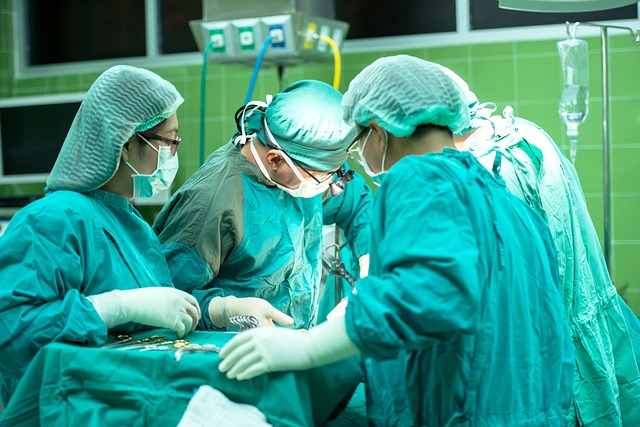The Efficacy of Platelet Rich Plasma Injection Therapy in the Treatment of Patients With Achilles Tendinopathy: A Systematic Review and Meta-Analysis
Background:
In recent years, many studies have been conducted to evaluate the effectiveness of platelet-rich plasma (PRP) in the treatment of musculoskeletal conditions. However, there is controversy about its benefits for patients with Achilles tendinopathy.
Goals:
This study aimed to investigate whether platelet-rich plasma injections can improve outcomes in patients with Achilles tendinopathy.
Methods:
A comprehensive literature search was conducted in the databases PubMed, Embase, Cochrane Library, Web of Science, China Biomedical CD-ROM, and Chinese Science and Technology Journal to identify randomized controlled clinical trials comparing the efficacy of PRP injection in patients. with Achilles tendinopathy (AT) versus placebo, published between January 1, 1966 and December 1, 2022.
Review Manager 5.4.1 software was used for statistical analysis and the Jadad score was used to evaluate the included literature. Only 8 of the 288 articles found met the inclusion criteria.
Results:
Our work suggests that:
The PRP treatment group had a slightly higher VISA-A score than the placebo group at 6 weeks [MD = 1.92, 95% CI (-0.54, 4.38), I2 = 34% ], at 12 weeks [MD = 0.20, 95% CI (-2.65 3.05), I2 = 60%] and 24 weeks [MD = 2.75, 95% CI (-2, 76, 8.26), I2 = 87 %]). However, the difference was not statistically significant.
Achilles tendon thickness was greater at 12 weeks of treatment in the PRP treatment group compared to the control group [MD = 0.34, 95% CI (-0.04, 0.71), p = 0.08], but the difference was not statistically significant.
The VAS improvement results showed no significant difference at 6 and 24 weeks between the two groups, respectively (MD = 6.75, 95% CI = (-6.12, 19.62), I2 = 69% , p = 0.30), and (MD = 10.46, 95% CI = (-2.44 to 23.37), I2 = 69%, p = 0.11).
However, at 12 weeks of treatment, the PRP injection group showed a substantial improvement in VAS compared to the control group (MD = 11.30, 95% CI = (7.33 to 15.27 ), I2 = 0%, p < 0.00001). The difference was statistically significant.
The results of return to exercise rate showed a higher rate of return to exercise in the PRP treatment group than in the placebo group [RR = 1.11, 95% CI (0.87, 1.42) , p = 0.40]; The difference was not statistically significant.
Conclusion:
There is no evidence that PRP injections can improve patient functional and clinical outcomes for Achilles tendinopathy.
Increasing the frequency of PRP injections may improve outcomes, and more rigorous designs and standardized clinical randomized controlled trials are needed to produce more reliable and accurate results.
Final message: Our study shows moderate evidence that RPP injection did not significantly improve VISA-A scores, patient satisfaction, or return to sports rates, and VAS improvement results showed no significant differences at 6 and 24 weeks between the two groups. However, the thickness of the Achilles tendon was greater in the PRP-treated group than in the placebo group at 12 weeks of treatment; The difference was not statistically significant. On the other hand, at 12 weeks of treatment, the PRP injection group showed a substantial improvement in VAS compared to the control group, and the difference was statistically significant. Our findings did not support the usefulness of PRP injection for non-surgically treated Achilles tendinopathy. It is evident that our study did not reach a consensus with previous research; therefore, we encourage orthopedic researchers and clinicians to be attentive to the issues. More rigorous designs and standardized methods are needed to produce more reliable and accurate results. |
















